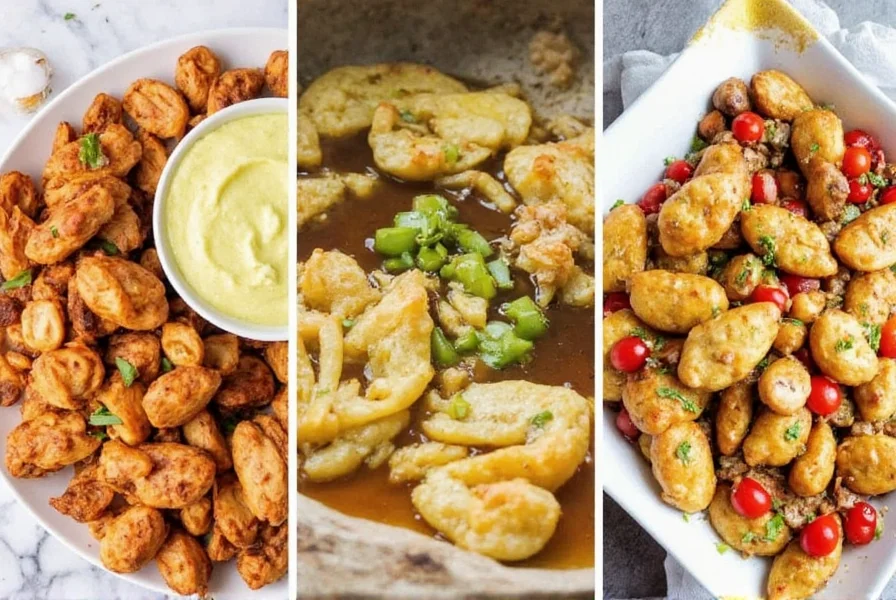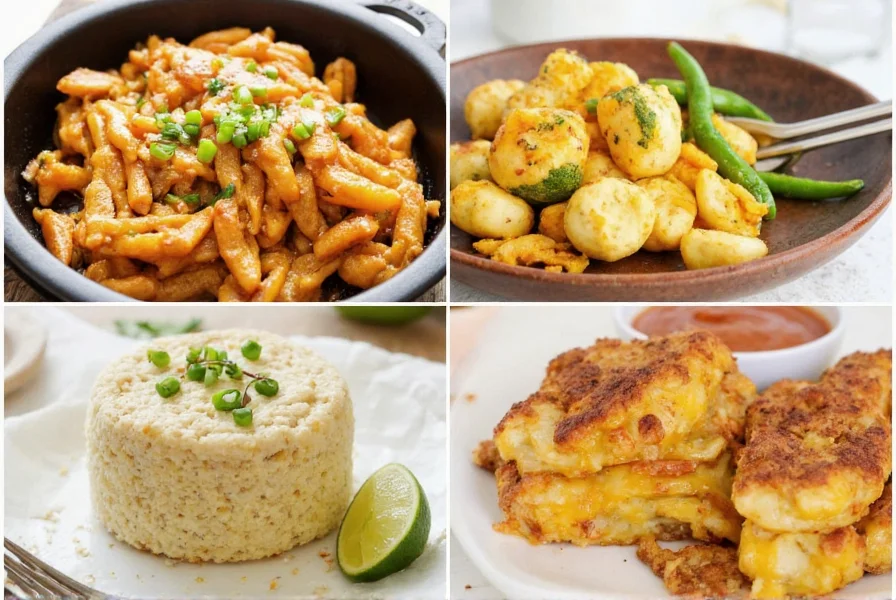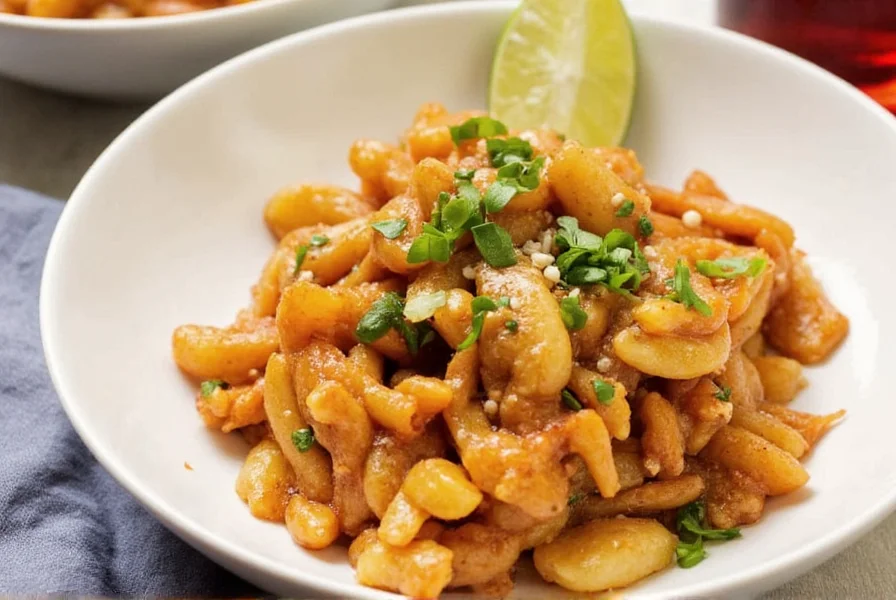Discover the transformative power of ginger in your kitchen with these 15 carefully curated recipes. Whether you're seeking immune-boosting ginger tea recipes for cold season, flavorful Asian ginger stir-fry recipes, or innovative ginger dessert recipes, this guide delivers practical solutions for home cooks. Fresh ginger contains gingerol, the bioactive compound responsible for both its distinctive flavor and documented digestive benefits, making it a valuable ingredient beyond just taste enhancement.
Why Ginger Deserves a Permanent Spot in Your Pantry
Ginger's versatility extends far beyond its warming flavor profile. This rhizome offers remarkable health properties while enhancing both savory and sweet preparations. When properly used, ginger can transform simple ingredients into restaurant-quality dishes without complicated techniques.
Selecting, Storing, and Preparing Ginger
Choosing quality ginger significantly impacts your recipes' final outcome. Look for firm, smooth-skinned roots with minimal wrinkles. The best ginger recipes start with properly stored ingredients—keep unpeeled ginger in an airtight container in the refrigerator for up to three weeks, or freeze it for extended storage.
For easy preparation, freeze ginger overnight, then peel with a spoon—the skin slides off effortlessly. Microplane graters work best for incorporating ginger into marinades and dressings, while thin slices enhance tea and broths. Understanding these ginger preparation techniques ensures optimal flavor extraction in every dish.

Essential Ginger Recipes Collection
These carefully selected recipes demonstrate ginger's remarkable range across different culinary applications. Each includes precise measurements and clear instructions for consistent results.
| Recipe Type | Preparation Time | Dietary Notes |
|---|---|---|
| Main Dishes | 25-40 minutes | Gluten-free options available |
| Beverages | 5-15 minutes | Vegan, dairy-free |
| Desserts | 30-60 minutes | Some refined sugar alternatives |
Main Course Ginger Recipes
Asian Ginger Garlic Chicken Stir-Fry
This popular ginger stir-fry recipe combines 2 tablespoons freshly grated ginger, 4 minced garlic cloves, and 1 pound chicken breast in a savory sauce of tamari, rice vinegar, and honey. Sauté vegetables first, then add the ginger-garlic mixture for 30 seconds before incorporating protein. The quick cooking preserves ginger's bright flavor while allowing its compounds to infuse the entire dish.
Ginger-Sesame Salmon
Create an exceptional ginger marinade recipe by combining 3 tablespoons grated ginger, 2 tablespoons sesame oil, 3 tablespoons tamari, and 1 tablespoon honey. Marinate salmon fillets for 20-30 minutes before baking at 400°F for 12-15 minutes. The ginger not only adds flavor but helps reduce any fishiness while providing anti-inflammatory benefits.
Beverage Recipes Featuring Ginger
Immune-Boosting Ginger Turmeric Tea
One of the most requested ginger tea recipes for colds combines 1-inch fresh ginger, ½-inch turmeric, juice of half a lemon, and 2 cups water. Simmer for 15 minutes, strain, then add honey to taste. This simple preparation maximizes the bioavailability of ginger's active compounds while creating a soothing beverage.
Ginger Mint Cooler
For a refreshing non-alcoholic option, blend 2-inch ginger root, 10 fresh mint leaves, 1 cucumber, and 2 cups coconut water until smooth. This hydrating ginger beverage recipe works equally well as a digestion aid after meals or a post-workout refreshment.

Dessert Recipes with Ginger
Ginger-Pear Crisp
This autumnal dessert features thinly sliced pears tossed with 1 tablespoon grated ginger and 1 teaspoon cinnamon, topped with an oat crumble. Baking concentrates ginger's flavor while mellowing its sharpness, creating a sophisticated dessert that showcases how to use fresh ginger in cooking for sweet applications.
Crystallized Ginger
Create your own gourmet ingredient by simmering 1-inch ginger slices in equal parts water and sugar for 30 minutes, then coating in additional sugar. These homemade crystallized ginger pieces serve as both a digestive aid and versatile baking ingredient for cookies and cakes.
Professional Ginger Cooking Techniques
Master these ginger preparation methods to maximize flavor in your recipes:
- Add grated ginger early in cooking for milder flavor, or at the end for brighter notes
- Pair ginger with citrus to enhance its aromatic compounds
- Use ginger in marinades to tenderize proteins while adding flavor
- Balance ginger's heat with sweet elements like honey or maple syrup
- Store peeled ginger in vodka for extended freshness and easier grating
Ginger Substitutions and Variations
When fresh ginger isn't available, these alternatives work in a pinch:
- Dried ginger powder (use ¼ teaspoon powder for 1-inch fresh ginger)
- Ginger paste from tubes (more concentrated than fresh)
- Ginger syrup for beverages (adjust sweetness accordingly)
Keep in mind that each substitution affects both flavor intensity and health properties, making fresh ginger preferable for most ginger recipes for digestion and immune support.
Frequently Asked Questions
How much ginger should I use in recipes for optimal flavor without overpowering?
Start with 1 tablespoon grated ginger per four servings for most dishes. Taste as you cook and adjust—ginger's intensity varies by root freshness and variety. For beverages, begin with ½ to 1 inch of fresh ginger per serving and adjust to personal preference.
Can I freeze fresh ginger for later use in recipes?
Yes, freezing actually makes ginger easier to work with. Simply peel and freeze whole pieces, then grate frozen ginger directly into recipes. Frozen ginger maintains quality for up to six months without significant flavor loss, making it ideal for spontaneous ginger tea recipes or last-minute stir-fries.
What's the difference between young and mature ginger in recipes?
Young ginger has thinner skin, higher moisture content, and a more delicate flavor, making it ideal for pickling and raw applications. Mature ginger has a stronger, spicier profile better suited for cooking and baking. For most ginger stir-fry recipes and ginger marinade recipes, mature ginger provides the robust flavor preferred in savory dishes.
How can I reduce the strong taste of ginger if I've added too much?
Balance excess ginger by adding sweet elements like honey or maple syrup, acidic components like lemon juice, or dairy products which help mellow the heat. For soups and stews, adding additional liquid and other ingredients can dilute the ginger flavor while maintaining the dish's integrity.
Are there specific health benefits to cooking with fresh ginger versus powdered?
Fresh ginger contains higher levels of gingerol, the compound responsible for many health benefits including digestive support and inflammation reduction. While powdered ginger still offers benefits, the drying process converts some gingerol to shogaol, creating a different but still valuable compound profile. For maximum health benefits in ginger recipes for digestion, fresh ginger is generally preferred.











 浙公网安备
33010002000092号
浙公网安备
33010002000092号 浙B2-20120091-4
浙B2-20120091-4